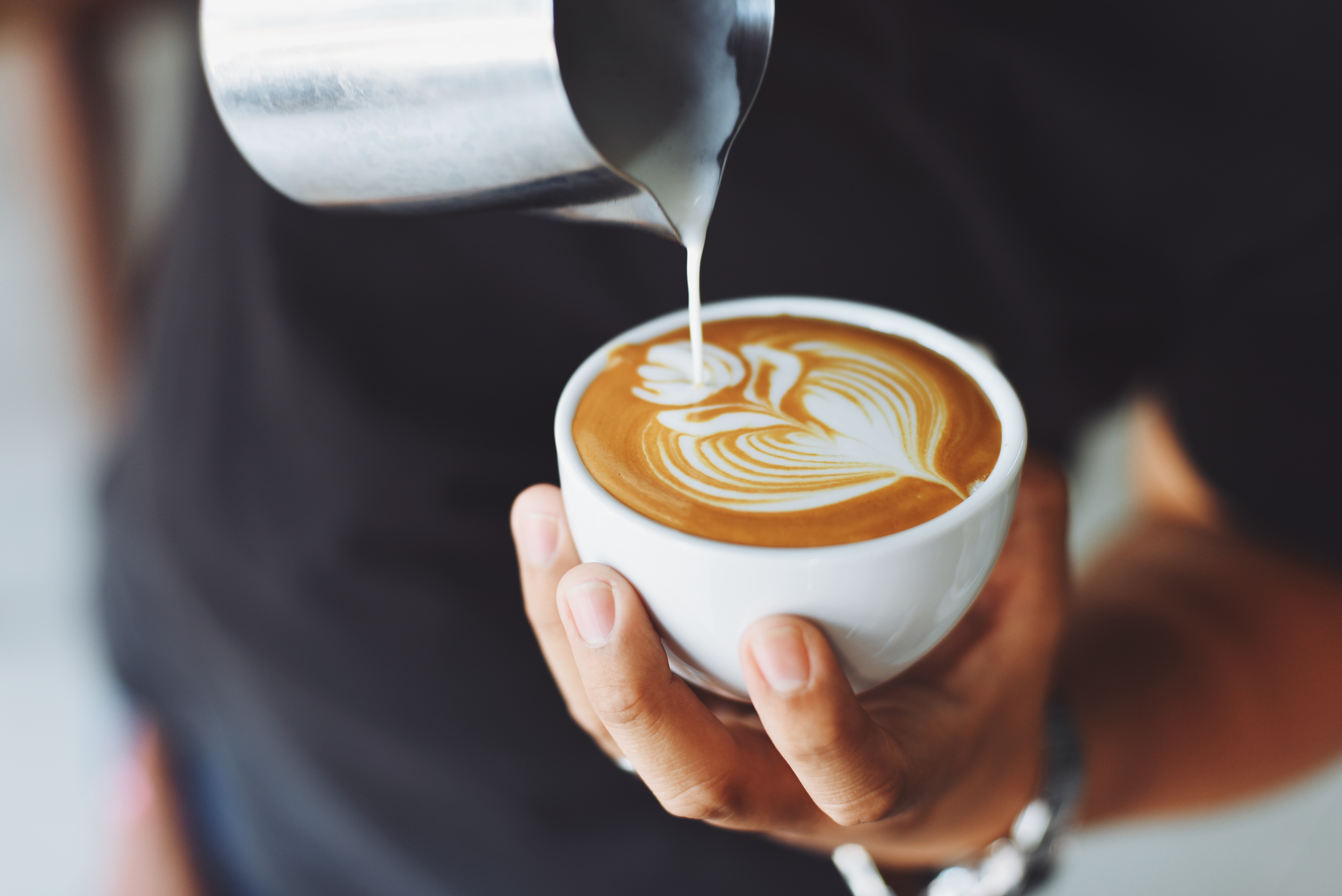RESOURCES
Updates to Seller Restrictions & Prime Day Predictions

Since March, states have issued stay-at-home orders to prevent the spread of the coronavirus. As we move into summer, some states remain under restrictions as others gradually open. During this time, consumers have relied on marketplaces like Amazon and Walmart.com. The increased demand has resulted in a range of implications for these channels and their sellers. We’ve had an ongoing discussion on the Marketplace Strategy (MPS) blog and share the latest updates to seller restrictions and Prime Day predictions in this post.
Selectively Easing Restrictions
In April, Amazon began restricting the amount of inventory sellers could send to its warehouses. This was to manage demand and prioritize essential products. However, this week Amazon lifted quantity restrictions and Prime shipping windows will continue to return to normal.
While many welcome this change, brands that sell products larger in size are still experiencing roadblocks. Instead of facing inventory or warehouse restrictions, listings are being shut down entirely.
MPS has learned if a product requires more than one warehouse worker to carry or lift it, proper social distancing can’t be followed. And as a result, these listings are temporarily suspended.
Categorical Surges and Long-Term Growth for E-Commerce
Studies have shown remarkable growth for online grocery during the coronavirus. In fact, prior to the pandemic, online grocery spending in the US was around 3-4%. This has now increased to between 10-15%.
Fashion is another category reporting impressive year-over-year growth. During the coronavirus, online fashion sales have increased by 21% since last year.
Shifts in consumer behavior have forced these categories to advance at a faster pace. This is a reminder to brands of the necessity to sell on marketplaces like Amazon and Walmart.com. As e-commerce experiences this unprecedented progression, studies show continued growth is expected post-pandemic. Brands that continue to resist this unavoidable strategic shift face a greater risk of falling behind.
Prime Day Predictions
In earlier posts on the MPS blog, we’ve addressed the possibility Prime Day could be postponed. Based on the new deal submission deadline of June 5, speculation Prime Day could occur in August or later has been further substantiated.
Now it's time for brands to consider how other peak seasons could be affected this year. A later Prime Day alone could impact back-to-school season. On top of this, many schools across the country won't return to the classroom as normal in the fall. The possibility of more at-home learning or hybrid model classrooms could change the demand for this peak season. Finally, if social distancing is still enforced in October, brands that rely on Halloween sales will need a backup plan.
Since the onset of the coronavirus, MPS has worked with clients to review catalogs and shift focus from top sellers to other products. Decisions are based on factors such as inventory or which ASINs are most aligned with current demand. MPS strategists will continue this strategy as clients move into the back-to-school season. For some, priority will move from classroom decorations to at-home learning supplies.
Although there's hope on the horizon for brands, we understand this is still an uncertain time. Please don’t hesitate to reach out with questions and concerns regarding your marketplace strategy. MPS is here to support your brand as we navigate the coronavirus and its continued implications.
SIGN UP FOR OUR WEEKLY NEWSLETTER

News, Views, and Valuable Resources
Delivered to Your Inbox Each Week


